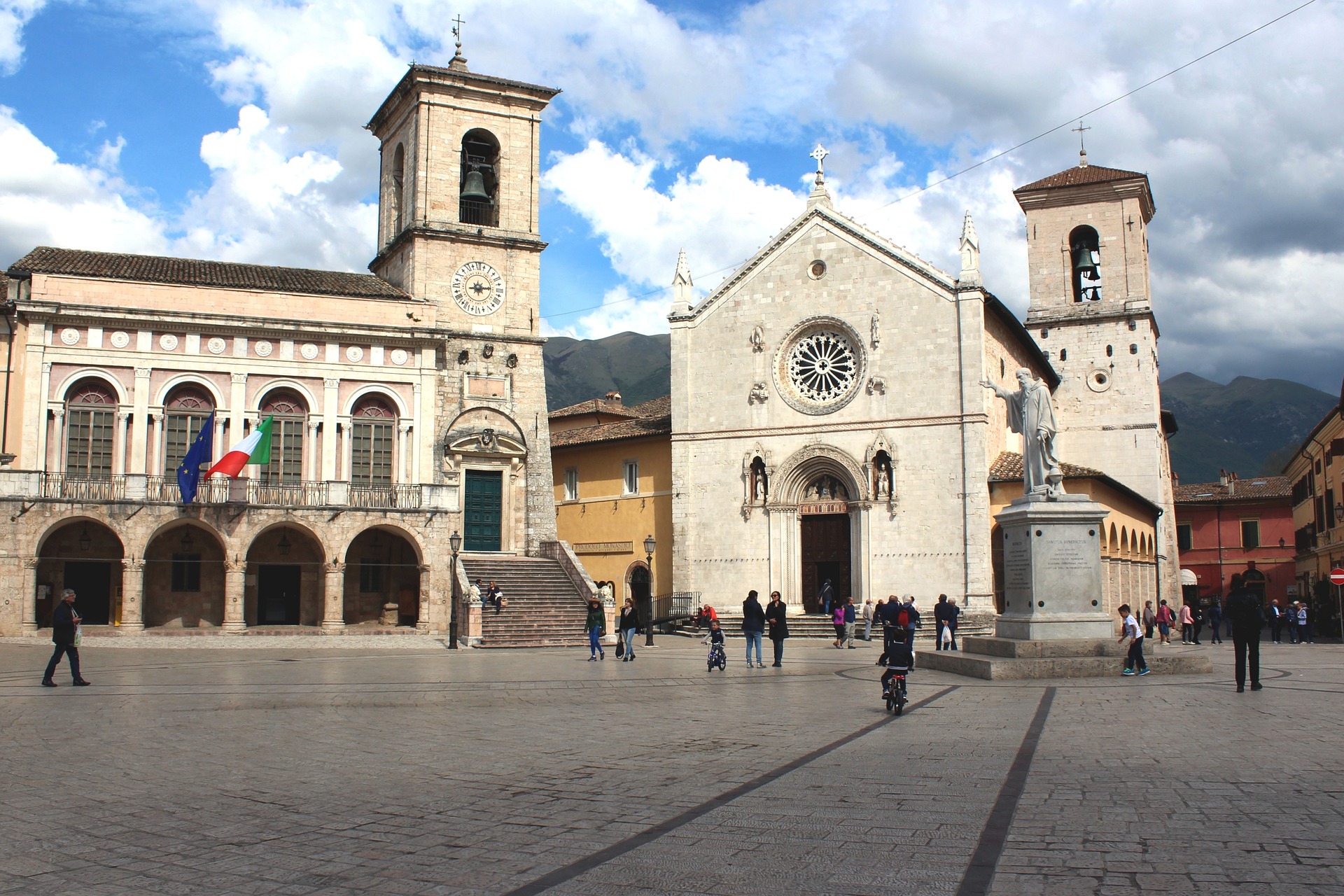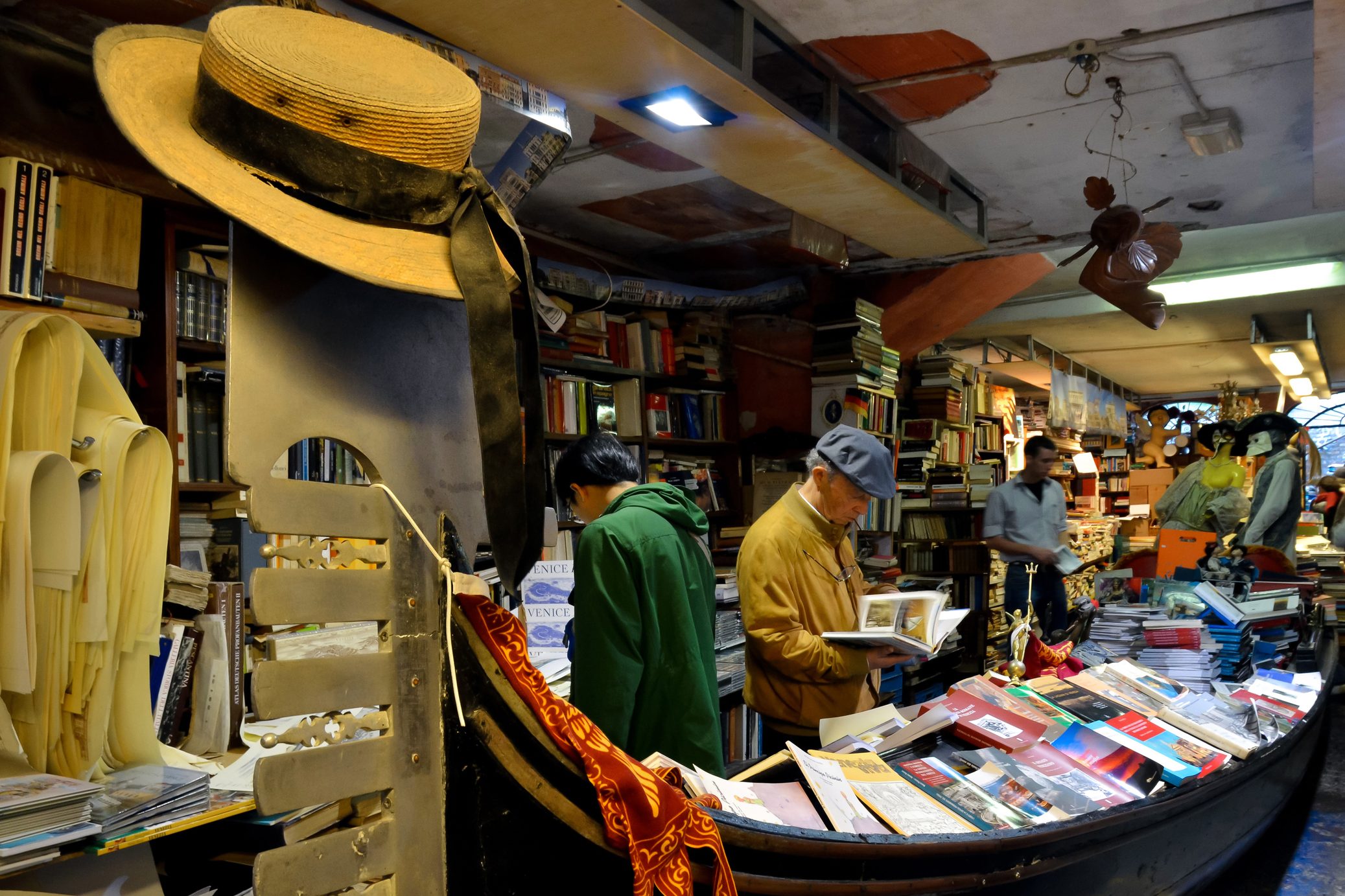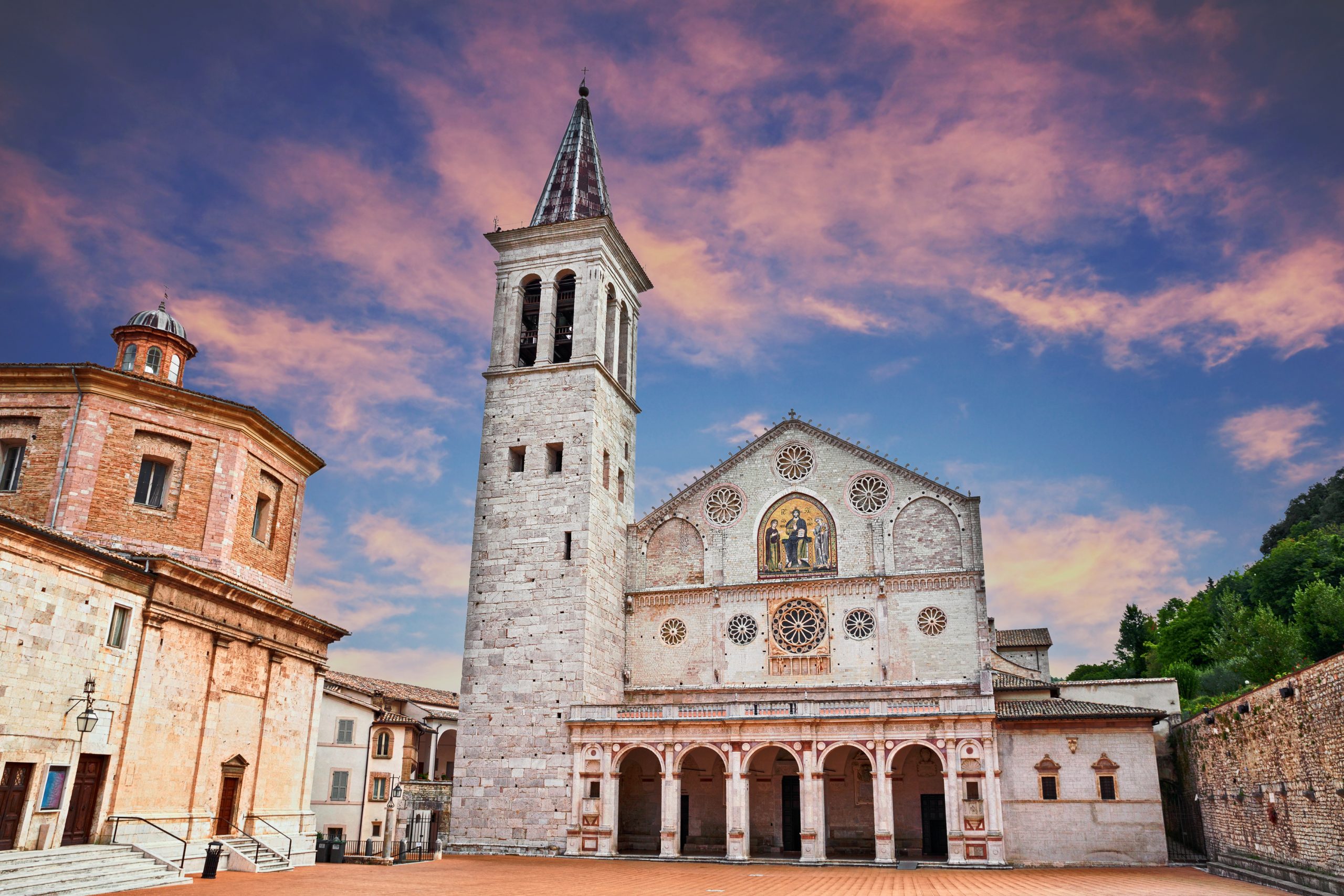Italy’s most beautiful villages: so many to chose from and all very different from each other. After taking a virtual trip to six Northern Italian borghi last week, in this second installment we’ll visit six borghi located in Central Italy: from the rural beauty of Tuscany and Umbria, to the seaside charm of Marche, and everything in between. Don’t miss next week’s article about villages in the South and on the islands.
Catiglione di Garfagnana, Tuscany. Blessed with tons of charm, this medieval village is famous for its towers, standing tall against the blue Tuscan skies. Enter the village’s fortress by the Drawbridge Gate and explore the Renaissance beauty of the palace of Parliament, once the seat of the Vicar and today the townhall. The church of San Pietro, with its wooden statues and gilded altar, is also worth a visit. The Garfagnana region is famous for its amazing fresh produce: enjoy renowned local chestnut polenta – a treat typical to this area- served with wild mushrooms or with black truffles.
Frosolone, Molise. A picture perfect country village, Frosolone has kept its bucolic charm throughout the centuries and still looks like something out of a fairy tale. Surrounded by lush woods, this borgo is quaint and quiet, and features amazing baroque architecture scattered around its narrow alleys and pretty piazzas.
The church of Santa Maria delle Grazie, built in 1533, holds the town’s most important artwork, a magnificent carved wooden altar from the 16th century, complete with paintings representing scenes from the Bible. Sagne e fagioli is a local delicacy very similar to pasta e fagioli: sprinkle it with freshly grated caciocavallo, one of the best cheeses produced in the area.
Grottammare, Marche. The remains of a 11th century fortress, still visible on top of a hill, dominate the pretty seaside village of Grottammare and to this day overlooks the town from up above. Walking down the shore among palm trees and seagulls is a great way to reach the Torrione della Battaglia, a recently restored 16th century fortification that hosts a collection of more than 250 worksof art including drawings, bronze models and lithographs. After you have worked up an appetite make sure to taste locally caught seafood, such as sea bass and bream, in stews, soups or fried to golden perfection.
Norcia, Umbria. The historical downtown district of Norcia is enclosed by 13th century walls in a unique heart shape: along the perimeter eight ancient gates have preserved their names and looks from the Middle Ages and give access to the most ancient part of town. The Basilica di San Benedetto, built in 14th century Gothic style, is a stunning building that features Romanesque, Gothic and Baroque elements inside. The area is famous in Italy and abroad for its truffles: when visiting make sure you order a plate of spaghetti al tartufo, followed by a slice of scrumptious ricotta cheese cake.
Castel Gandolfo, Lazio. The name of this interesting village comes from the castle built by the Gandolfi family in the 12th century and, today, the borgo is famous for its stunning Papal Palace, embellished by several masterpieces by acclaimed sculptor Gian Lorenzo Bernini. The Torlonia Gardens, too, are worth a visit: they are occupied by vegetable patches taken care of by residents and by the amazing Ibernesi Archelogical Park, containing some of the remains of Emperor Domitian’s villa. While here enjoy bucatini all’amatriciana -pasta with spicy tomato sauce, pancetta and pecorino romano cheese- and locally caught lattarini, small and flavorful lake fish, and wash it down with Colli Albani wine.
Civitella del Tronto, Abruzzo. Civitella del Tronto, once a fortress, still looks like a warrior, standing halfway between the shore and the mountains. This village is beautiful year round but especially charming in the winter, when its 13th century walls, narrow alleys and stone houses are surrounded by mist. The recently restored Church of San Francesco, with its bell tower, exquisite rose window on the façade, Baroque interior and fifteenth century wooden choir stalls, is one the town’s most interesting landmarks and definitely worth a visit. Wild boar is one of the most popular dishes in the area: order it with polenta and a strong local red wine.































